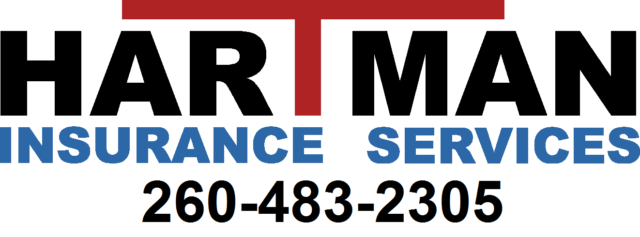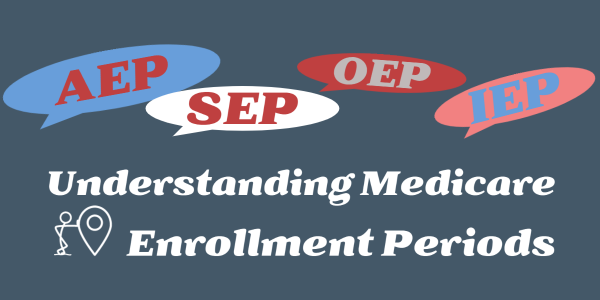Have you ever watched a commercial or read an article and they mentioned a word or phrase that you’ve never heard of before? Or have you experienced someone using an acronym or an abbreviation and you have no idea what that person is referencing? We’ve all been there! In the wonderful world of health insurance there are many opportunities for this type of confusion with Medicare jargon. Don’t worry, we are here to help break down some commonly used terms and provide you with some clarity in Medicare’s enrollment periods.
Medicare has 4 main enrollment period types and they are: AEP, OEP, SEP, and IEP. We have provided a general overview for each type below.
The Annual Election Period (AEP)
There are specific times when you can sign up for a Medicare Advantage Plan (Part C) and/or a Prescription Drug Plan (Part D), or make changes to the coverage you already have. The Annual Election Period (AEP) is a time for all Medicare beneficiaries to review their current coverage and make changes to fit their needs for the following year.
The AEP Checklist
Here are some tips to ensure you don’t miss out on the opportunity to make changes to your healthcare coverage. The AEP starts October 15th and ends December 7th each year.
** 1 – Review Changes in Your Current Coverage
If you’re on a Medicare Advantage or Part D plan, you’ll receive your Annual Notice of Change on or around October 1st each year. This notice provides information about updates to your plan, including copays, coinsurances and out-of-pocket maximums. It’s important to also review any changes to the list of covered medications, provider networks and pharmacy networks.
** 2 – Review Prescription Drug Costs
Drug coverage can change each year, making it more important to stay up to date on the available plans and what your projected drugs costs will be for the following year.
** 3 – Evaluate Your Healthcare Needs
How was your year? Did your utilization go up or down? Were you diagnosed with a new condition or are now seeing new doctors? Was there something missing from your current coverage? Use these answers to review which benefits and services are most important to you and fit best for your healthcare needs.
** 4 – Make A Change, or Stay Put
After everything’s been considered, do you need to make a change to your coverage, or will your current plan suffice? Applications submitted during the AEP must be signed by December 7th and your new plan will take effect January 1st the following year.
Don’t miss your opportunity to shop for new healthcare coverage each year!
Open Enrollment Period (OEP)
The Medicare Advantage Open Enrollment Period (MA OEP) applies to: Beneficiaries who are enrolled in an MAPD plan as of January 1. These enrollees can use the January 1 to March 31 MA OEP to enroll in another MAPD plan or disenroll from their MAPD plan to return to Original Medicare.
During MA OEP, you can make the following changes:
- Switch Medicare Advantage plans.
- Drop Medicare Advantage plan coverage and return to Original Medicare.
- Add a standalone Part D drug plan if you drop Medicare Advantage coverage.
Special Enrollment Period (SEP)
Special Enrollment Periods (SEPs) are periods of time outside normal enrollment periods when you can enroll in health insurance. The Part B SEP starts when you have coverage from current work (job-based insurance) and you are in your first month of eligibility for Part B.
What qualifies you for a special enrollment period? You can make changes to your Medicare Advantage and Medicare Prescription Drug coverage or you may qualify for a Special Enrollment Period to enroll any time if you’ve had certain life events, including losing health coverage or moving out of your current plan’s service area.
You have one SEP to enroll in and/or disenroll from a Medicare Part D plan that begins the month of CMS approval and lasts two additional months.
The Initial Enrollment Period (IEP)
The Initial Enrollment Period (IEP) for Parts A and B is 7 months: starting 3 months before the month of your Medicare eligibility and ending 3 months after the month of eligibility. If you are eligible for Medicare because you are turning 65, the month of eligibility is the month of your 65th birthday.
If you are receiving Social Security, the Social Security Administration will automatically enroll you up at age 65 for parts A and B of Medicare. (Medicare is operated by the federal Centers for Medicare & Medicaid Services (CMS), but Social Security handles the enrollment process.)

